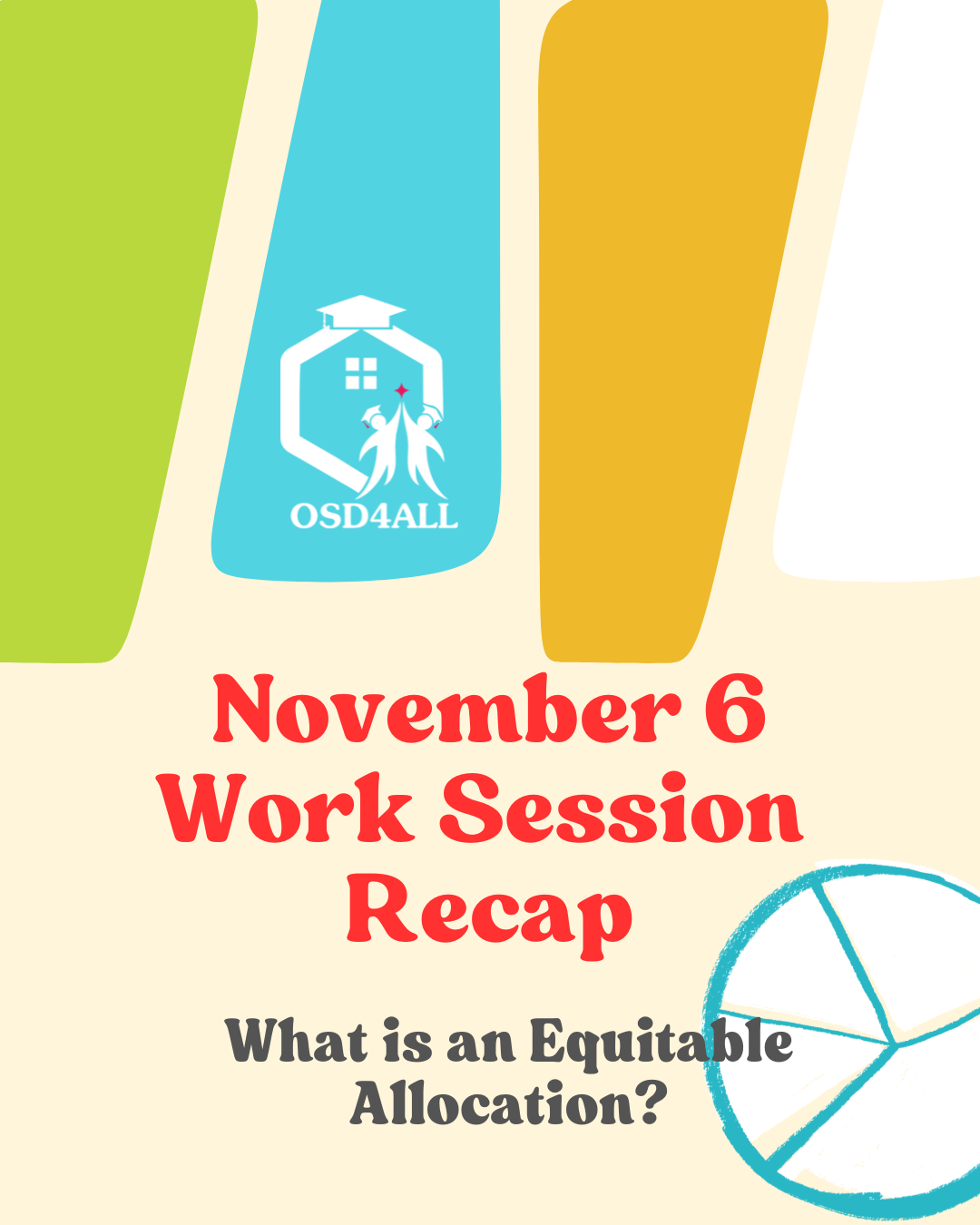At the November 6 work session, the Olympia School District board of directors were shown a Budget Update & Equity Allocation presentation. While the district preliminary 2024-25 ending fund balance (EFB) carries over $1.3m more than expected or 4.89% (coincidentally, Executive Director of Finance Kate Davis said that $1.3m was how much the district overspent in 3 of the last 4 years), Superintendent Patrick Murphy reiterated Policy 6022, which states, “Beginning in school year 2025-26 and annually thereafter, the superintendent or designee will present a general fund budget that includes a commitment towards a minimum ending fund balance of at least 3% and no more than 7% of the prior year’s general fund budgeted expenditures.”
Though a positive ending balance is required by law, holding too large an ending fund balance can result in a loss of public services, and the district is currently compliant with state law and its own policy. An EFB totaling one month of payroll, or 7%, would be $13.8m, by the 2028-29 school year.
Following the update, Executive Director Davis presented a redesign of the Equity Allocation Model. The model was meant to fund schools based on need and stress equity and not equality, recognizing systemic barriers to education. Using a tiered system that measures socioeconomic, demographic, and academic standards, the allocation model redesign designated lower classroom sizes to schools that qualify. Director Hilary Seidel said that perhaps a 3-year average could be used for some metrics, like recipients of the Free and Reduced Lunch Program (FRPL) because data used for this model could be as much as 2 years old by the time it is funded. All westside schools qualify.
Director Seidel said, “If you’ve spent time in our schools, then nothing about this list is surprising, right? And it’s just because…we have a segregated school district. We have two sides of town, and one side of town, families experience disproportionately high levels of need and instability, and those kids and families need a different kind of support than other families on the other side of town. That’s just what we have. That’s not new, that’s been that way for a long time.” While highly capable, special education, and choice programming varies on either side of Budd Inlet, on average, 19% of elementary school transfers are in-district (with 55% of those being between east and west Olympia) and 12% are out-of district.
Superintendent Murphy reiterated, “It’s interesting, because I was out in some schools this week, and I actually talked to a teacher about this. Because they knew it was on the work session agenda, and we were just talking about how we have a fixed pie, and we distribute it, not equally, but we distribute it based on need, and that’s what the board and us… what we’re going to talk about tonight. And in the process of that conversation, and just a little bit of what Director Seidel was saying is I would imagine all the different factors that you put in there. It’s probably going to drive a lot of the resources to the places that the current model is doing.” According to Vice-President Jess Tourtellotte-Palumbo, “It’s really helpful in terms of thinking about the budget.”
The meeting ended with outgoing-Director Darcy Huffman going over the draft 2026 Legislative Priorities which include enhanced early learning, increased Running Start funding, and larger/more flexible ratios for K-3 class sizes.


